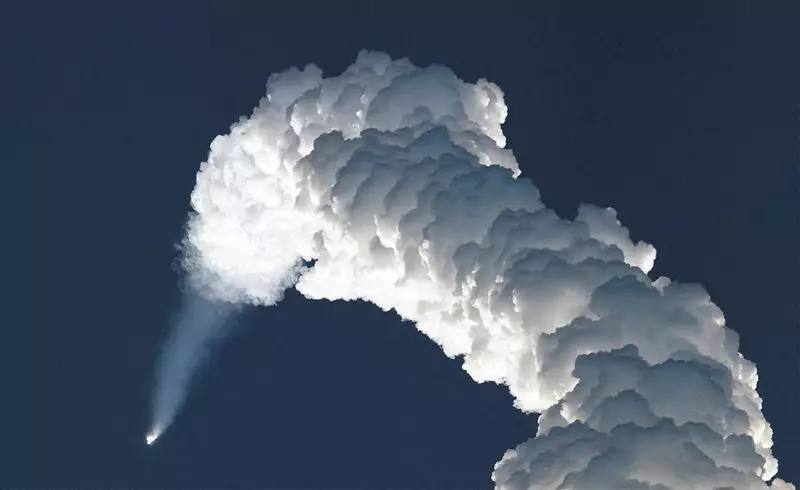As the competitive landscape of the aerospace sector intensifies, especially in the domain of satellite launches, United Launch Alliance (ULA)—a venture carved out of Boeing and Lockheed Martin—has signaled its intention to assert itself against the formidable presence of SpaceX. In a statement from the company’s CEO, Tory Bruno, it has become evident that ULA is preparing to elevate its Vulcan rocket series to meet the growing demands of the low Earth orbit (LEO) market, currently dominated by SpaceX’s Starlink program.
The LEO market has skyrocketed in viability and profitability, primarily due to SpaceX’s aggressive rollout of satellites designed to provide global broadband through its Starlink service. This environment has compelled ULA to conduct an extensive study on how best to modify the Vulcan rocket to not only match but potentially surpass its competitors. Bruno noted that the assessments have led to decisions to amplify the rocket’s payload capacity, thus allowing ULA to better position itself in this increasingly lucrative sector.
The modifications suggested by ULA range from enhancing the current Vulcan design to a heavier variant called the “Vulcan Heavy,” which would utilize three core boosters for added thrust. This innovative approach demonstrates ULA’s commitment to adaptability and forward-thinking as it seeks to improve the propulsion capabilities of its rockets. Such developments may be critical as companies rush to deploy high volumes of satellites to meet the burgeoning demand for internet services around the globe.
The context in which ULA is operating cannot be divorced from the continued advancements made by SpaceX. Elon Musk’s ambitions with the Starship rocket extend beyond LEO into the galactic realm, serving dual purposes of crewed missions to destinations such as the Moon and Mars while simultaneously expediting Starlink satellite launches. Musk has indicated plans to enhance Starship’s capabilities to handle the rapid return and launch cycles necessary for high-volume deployments, which adds another layer of pressure on competitors.
Bruno comments that ULA aims to finish development of its Vulcan modifications well ahead of the timeframe when Starship might fully engage in the LEO satellite deployment arena. It is crucial for ULA to maintain an edge, and Bruno believes there’s still time before the SpaceX juggernaut becomes fully operational in this domain.
One of ULA’s significant advantages lies in its partnerships, specifically its strategic alliance with Amazon. They have secured multiple launches dedicated to deploying Amazon’s Kuiper internet satellites. This collaboration not only reinforces ULA’s project pipeline but also solidifies its stature as a credible competitor against SpaceX’s Starlink.
Moreover, ULA’s business model—prioritizing reliability and strategic partnerships—present another contrasting approach to the more rapid iterative development ethos characterized by SpaceX. ULA shows a deliberate pace in its mission planning, aiming to launch an ambitious eight Vulcan missions in the upcoming year, alongside its Atlas V missions.
As ULA gears up to enter this new phase with the Vulcan, it embodies a traditional aerospace mindset, emphasizing thoroughness and reliability. The ULA Vulcan’s launch price starts around $110 million, which is competitive yet reflects the complexities involved in ensuring safety and precision—attributes that the aerospace sector, especially those tied to military ventures, holds in high regard.
While the potential acquisition of ULA by interested parties like Sierra Nevada Corporation or Blue Origin lurks in the background, ULA’s focus remains clear: to innovate and evolve amid rising competition. This drive to enhance the Vulcan rocket reflects not only a response to current market dynamics but also a strategic foresight that could determine the future balance of power in the LEO satellite launch segment.
United Launch Alliance stands at a critical juncture as it seeks to refine its capabilities in the face of intense competition from SpaceX in the low Earth orbit market. With a focus on innovative modifications to its Vulcan rocket and strong partnerships, ULA aims to carve out a significant role in the burgeoning satellite launch landscape while navigating the future of space exploration. As the industry evolves, the coming years will reveal whether ULA’s strategies will allow it to thrive alongside—or even challenge—the dominant forces currently shaping the industry.

